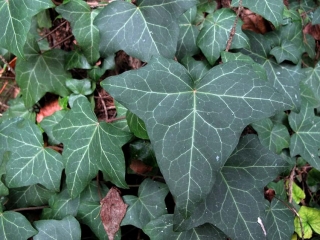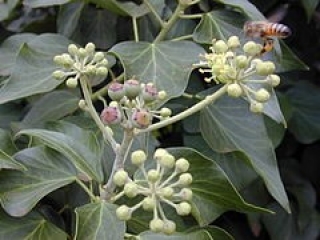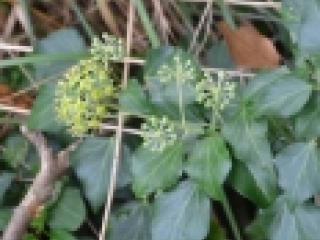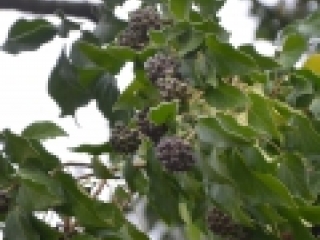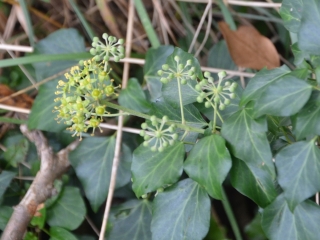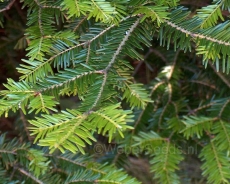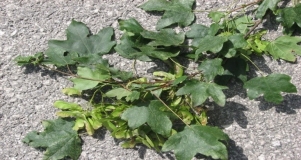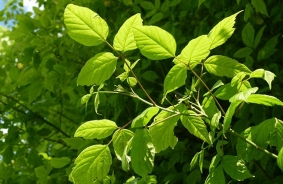Common ivy Hedera helix
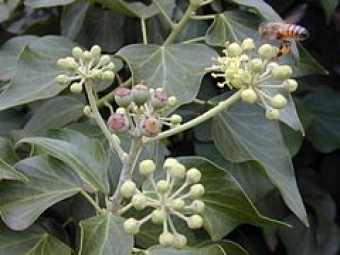
Features
Hedera helix, the common ivy, English ivy, European ivy, or just ivy, is a species of flowering plant in the family Araliaceae.
| Species | woody climbing plant |
| Living space | Bright forest, Clean or mixed forest, Conifer forest, Dark forest, Deciduous forest, Mixed forest, Treeline |
| Size | over 50 m |
Description
It thrives both in shady forests and on poorer soil. It needs support for its growth, which it finds in trees or house walls. It climbs upwards with the help of special gripping roots, which serve as a support. The young leaves of the common ivy are light, and the old ones are dark green and entire. The lower leaves are heart-shaped and the upper oval. The flowers are white or light green and grouped in whorls. They are rich in nectar and are an important source of food for insects. The plant blooms in September and October, and the fertilized flowers become small blue berries in winter and spring, which are poisonous to humans and important food for some birds in winter. The milkweed and leaves of the common ivy are also toxic to humans, and some insects feed on it. The royal jelly of the plant was used to remove warts, and the leaves and berries were sometimes used to treat skin and some other ailments.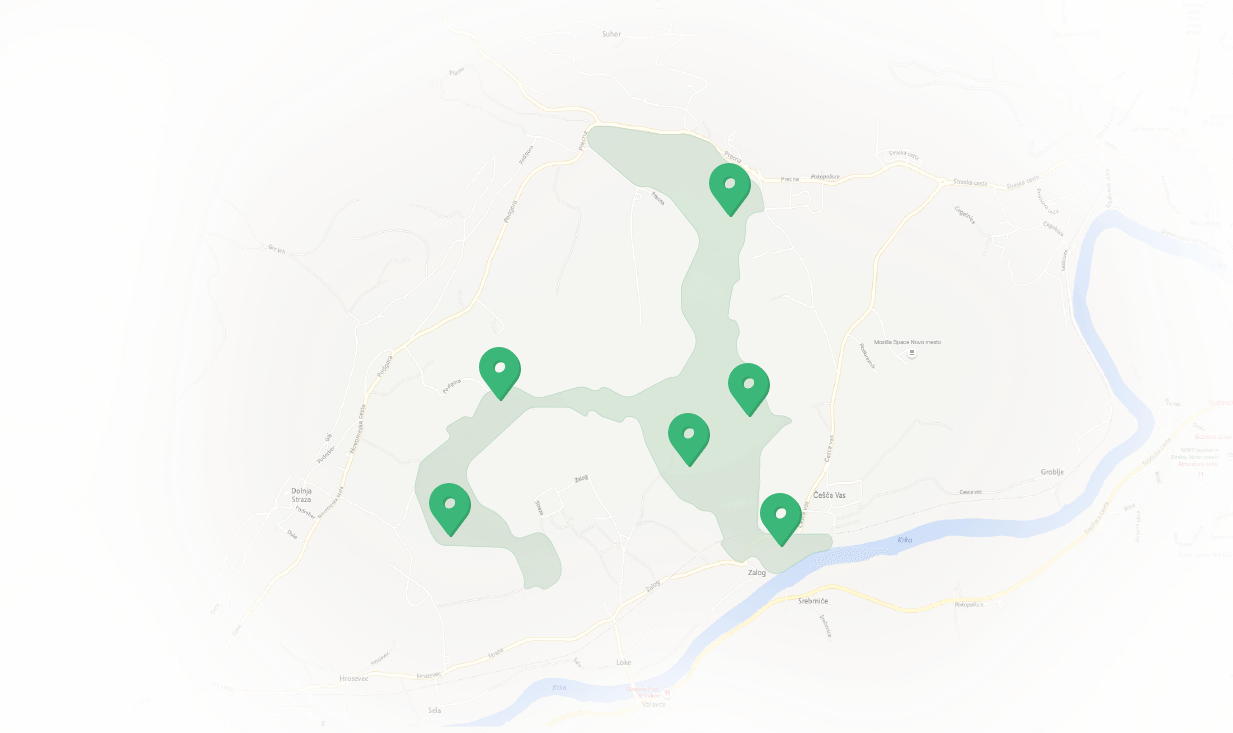
Features Temenica (3)
SPECIAL ogr.

